Gautam Srivastava
Heterogeneous Federated Learning Systems for Time-Series Power Consumption Prediction with Multi-Head Embedding Mechanism
Jan 21, 2025Abstract:Time-series prediction is increasingly popular in a variety of applications, such as smart factories and smart transportation. Researchers have used various techniques to predict power consumption, but existing models lack discussion of collaborative learning and privacy issues among multiple clients. To address these issues, we propose Multi-Head Heterogeneous Federated Learning (MHHFL) systems that consist of multiple head networks, which independently act as carriers for federated learning. In the federated period, each head network is embedded into 2-dimensional vectors and shared with the centralized source pool. MHHFL then selects appropriate source networks and blends the head networks as knowledge transfer in federated learning. The experimental results show that the proposed MHHFL systems significantly outperform the benchmark and state-of-the-art systems and reduce the prediction error by 24.9% to 94.1%. The ablation studies demonstrate the effectiveness of the proposed mechanisms in the MHHFL (head network embedding and selection mechanisms), which significantly outperforms traditional federated average and random transfer.
Generative Pre-trained Transformer: A Comprehensive Review on Enabling Technologies, Potential Applications, Emerging Challenges, and Future Directions
May 21, 2023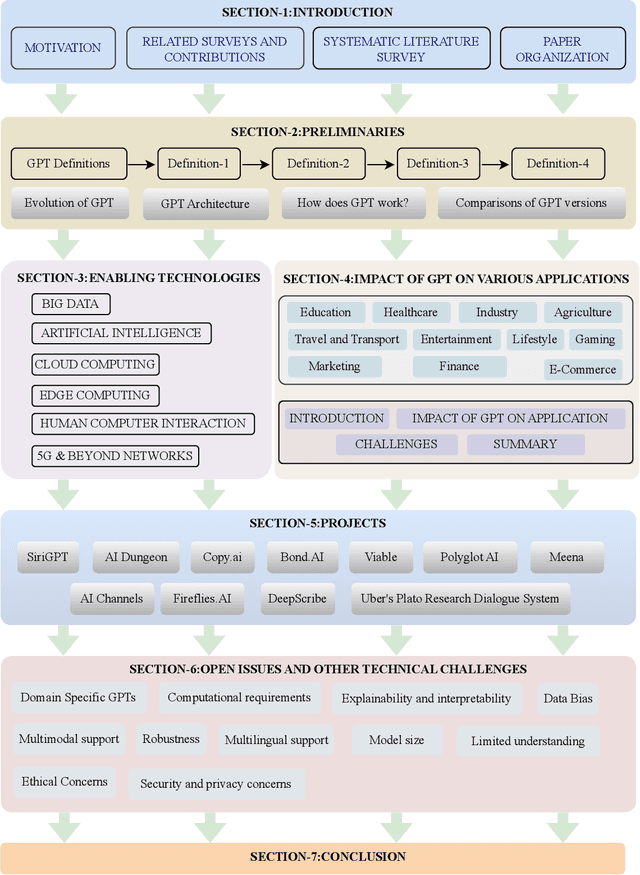
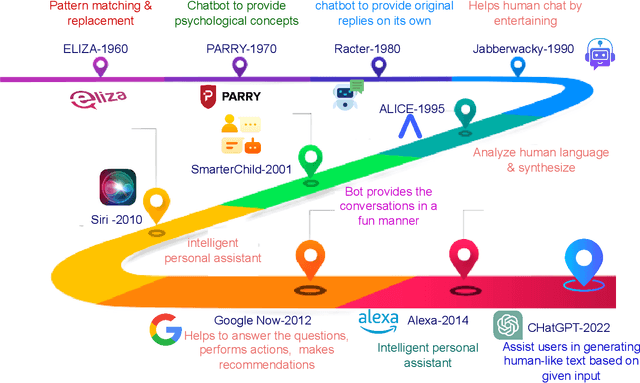
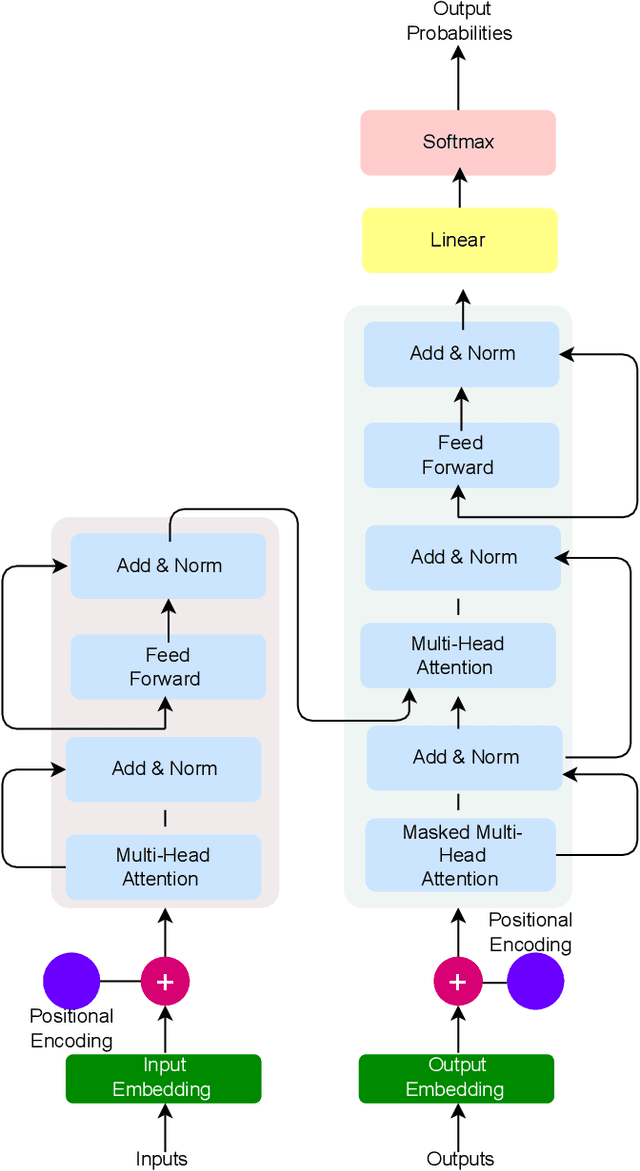
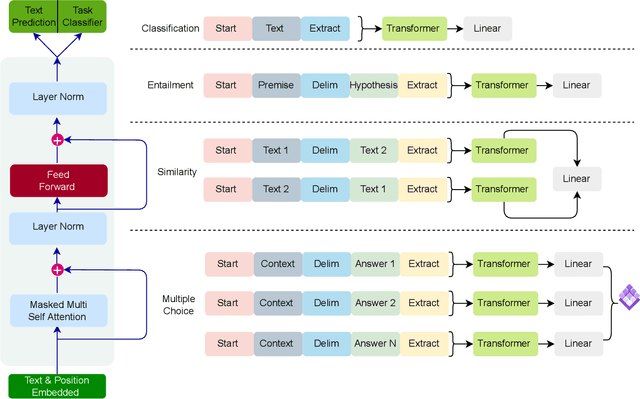
Abstract:The Generative Pre-trained Transformer (GPT) represents a notable breakthrough in the domain of natural language processing, which is propelling us toward the development of machines that can understand and communicate using language in a manner that closely resembles that of humans. GPT is based on the transformer architecture, a deep neural network designed for natural language processing tasks. Due to their impressive performance on natural language processing tasks and ability to effectively converse, GPT have gained significant popularity among researchers and industrial communities, making them one of the most widely used and effective models in natural language processing and related fields, which motivated to conduct this review. This review provides a detailed overview of the GPT, including its architecture, working process, training procedures, enabling technologies, and its impact on various applications. In this review, we also explored the potential challenges and limitations of a GPT. Furthermore, we discuss potential solutions and future directions. Overall, this paper aims to provide a comprehensive understanding of GPT, enabling technologies, their impact on various applications, emerging challenges, and potential solutions.
XAI for Cybersecurity: State of the Art, Challenges, Open Issues and Future Directions
Jun 03, 2022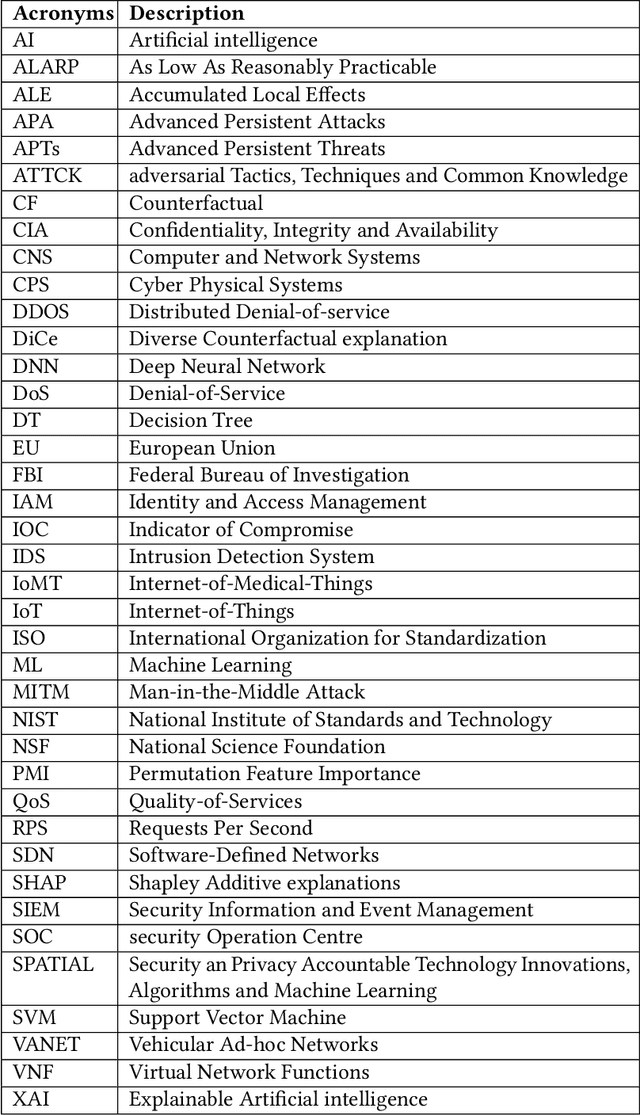
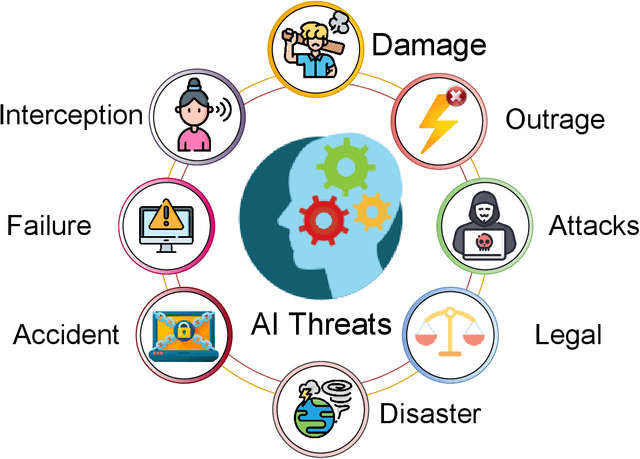
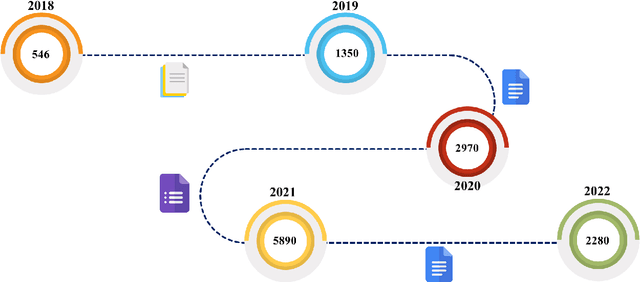
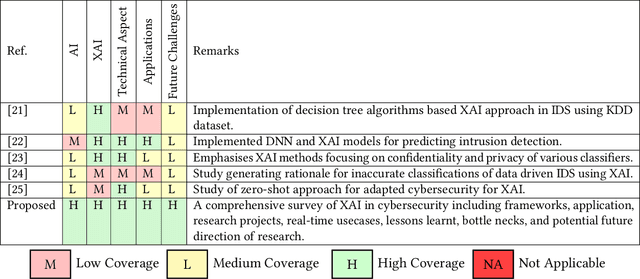
Abstract:In the past few years, artificial intelligence (AI) techniques have been implemented in almost all verticals of human life. However, the results generated from the AI models often lag explainability. AI models often appear as a blackbox wherein developers are unable to explain or trace back the reasoning behind a specific decision. Explainable AI (XAI) is a rapid growing field of research which helps to extract information and also visualize the results generated with an optimum transparency. The present study provides and extensive review of the use of XAI in cybersecurity. Cybersecurity enables protection of systems, networks and programs from different types of attacks. The use of XAI has immense potential in predicting such attacks. The paper provides a brief overview on cybersecurity and the various forms of attack. Then the use of traditional AI techniques and its associated challenges are discussed which opens its doors towards use of XAI in various applications. The XAI implementations of various research projects and industry are also presented. Finally, the lessons learnt from these applications are highlighted which act as a guide for future scope of research.
Communication Efficiency in Federated Learning: Achievements and Challenges
Jul 23, 2021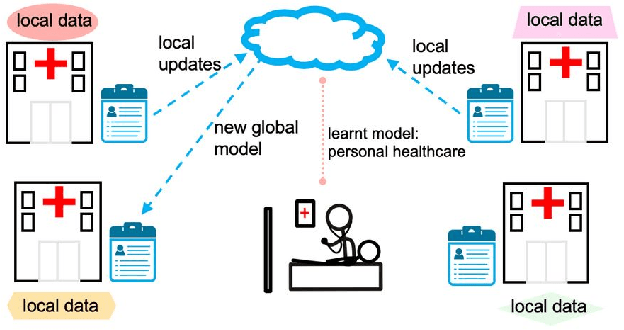


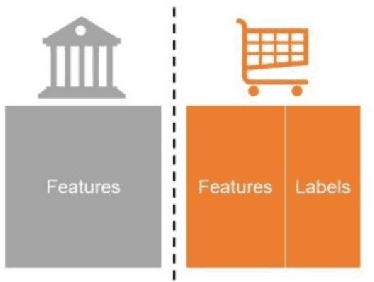
Abstract:Federated Learning (FL) is known to perform Machine Learning tasks in a distributed manner. Over the years, this has become an emerging technology especially with various data protection and privacy policies being imposed FL allows performing machine learning tasks whilst adhering to these challenges. As with the emerging of any new technology, there are going to be challenges and benefits. A challenge that exists in FL is the communication costs, as FL takes place in a distributed environment where devices connected over the network have to constantly share their updates this can create a communication bottleneck. In this paper, we present a survey of the research that is performed to overcome the communication constraints in an FL setting.
Genetically Optimized Prediction of Remaining Useful Life
Feb 17, 2021



Abstract:The application of remaining useful life (RUL) prediction has taken great importance in terms of energy optimization, cost-effectiveness, and risk mitigation. The existing RUL prediction algorithms mostly constitute deep learning frameworks. In this paper, we implement LSTM and GRU models and compare the obtained results with a proposed genetically trained neural network. The current models solely depend on Adam and SGD for optimization and learning. Although the models have worked well with these optimizers, even little uncertainties in prognostics prediction can result in huge losses. We hope to improve the consistency of the predictions by adding another layer of optimization using Genetic Algorithms. The hyper-parameters - learning rate and batch size are optimized beyond manual capacity. These models and the proposed architecture are tested on the NASA Turbofan Jet Engine dataset. The optimized architecture can predict the given hyper-parameters autonomously and provide superior results.
The Homophily Principle in Social Network Analysis
Aug 21, 2020



Abstract:In recent years, social media has become a ubiquitous and integral part of social networking. One of the major attentions made by social researchers is the tendency of like-minded people to interact with one another in social groups, a concept which is known as Homophily. The study of homophily can provide eminent insights into the flow of information and behaviors within a society and this has been extremely useful in analyzing the formations of online communities. In this paper, we review and survey the effect of homophily in social networks and summarize the state of art methods that has been proposed in the past years to identify and measure the effect of homophily in multiple types of social networks and we conclude with a critical discussion of open challenges and directions for future research.
Statistical Descriptors-based Automatic Fingerprint Identification: Machine Learning Approaches
Jul 18, 2019



Abstract:Identification of a person from fingerprints of good quality has been used by commercial applications and law enforcement agencies for many years, however identification of a person from latent fingerprints is very difficult and challenging. A latent fingerprint is a fingerprint left on a surface by deposits of oils and/or perspiration from the finger. It is not usually visible to the naked eye but may be detected with special techniques such as dusting with fine powder and then lifting the pattern of powder with transparent tape. We have evaluated the quality of machine learning techniques that has been implemented in automatic fingerprint identification. In this paper, we use fingerprints of low quality from database DB1 of Fingerprint Verification Competition (FVC 2002) to conduct our experiments. Fingerprints are processed to find its core point using Poincare index and carry out enhancement using Diffusion coherence filter whose performance is known to be good in the high curvature regions of fingerprints. Grey-level Co-Occurrence Matrix (GLCM) based seven statistical descriptors with four different inter pixel distances are then extracted as features and put forward to train and test REPTree, RandomTree, J48, Decision Stump and Random Forest Machine Learning techniques for personal identification. Experiments are conducted on 80 instances and 28 attributes. Our experiments proved that Random Forests and J48 give good results for latent fingerprints as compared to other machine learning techniques and can help improve the identification accuracy.
 Add to Chrome
Add to Chrome Add to Firefox
Add to Firefox Add to Edge
Add to Edge